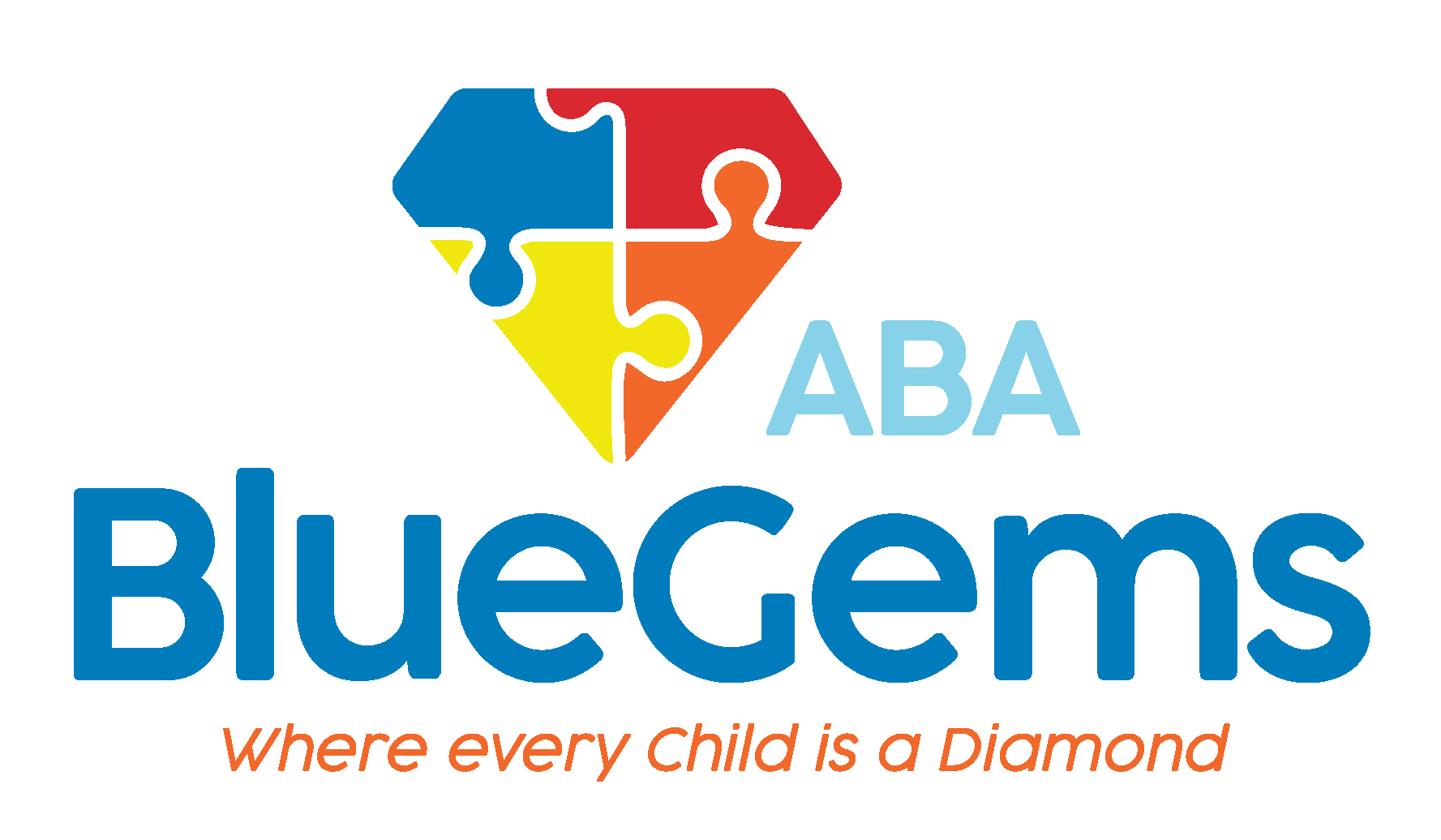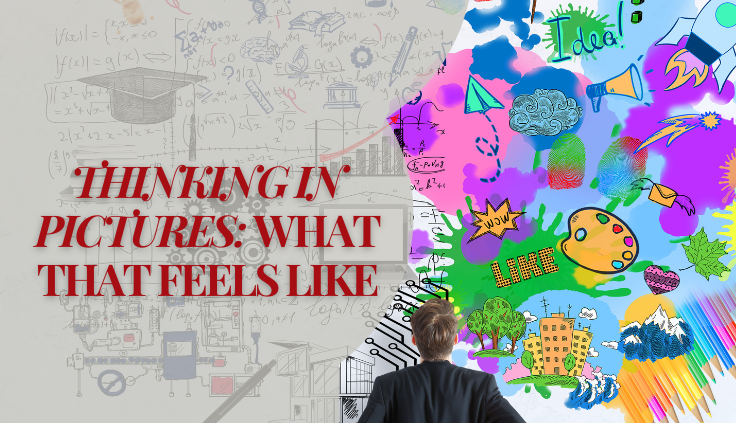Thinking in Pictures: What That Feels Like
Nearly 40 years ago, research into the brain and behavior discovered that people think in different ways. Before the 1980s, scientists assumed that people thought in a language-based way.
Today, we know that isn’t necessarily true. While some people think this way, not all people do. In fact, there are many different ways that people think, with visual thinkers being one of the most well-known “alternative” ways of thinking.
Visual thinking is often described as thinking in pictures rather than words. People who think this way are able to visualize things in great detail, and recall that detail very accurately, too.
While people who have autism spectrum disorder (ASD) face many challenges in life related to communication and social interaction, they possess many strengths as well. One of those strengths is their ability to be visual thinkers, which is a possible major contributing factor to some people’s ability to excel in areas such as music, art and engineering.
But, what does thinking in pictures mean, exactly? Let’s take a look at that topic below.
Learn more about visual learning and autism
Table Of Contents
How is Thinking in Pictures Defined?
Defining what visual thinking means can be rather difficult for people whose brains don’t operate this way. To them, it might seem like a very abstract concept, in part because they aren’t able to visualize in the same way as visual thinkers do.
A good way to understand how thinking in pictures works is by explaining what a visual thinker might be good at.
This includes organizing their ideas graphically, excelling in recalling and remembering information through pictures and images, and estimating physical attributes in a number-based way.
Some people who think in pictures are able to memorize instructions just by visualizing words that are written in a book. Others have great spatial recognition, and can know whether a couch will easily fit through a door just by looking at it.
These are all examples of how thinking in pictures works.
How Does Thinking in Pictures Work?
Research has suggested that visual thinking relies on two skill groups that are very distinct from each other.
The first is spatial visualization, as we mentioned above. This is the ability for people to easily judge things such as velocity, dimension and distance just by looking at something.
They don’t need to measure the couch and the doorway, for example, before knowing whether the furniture will fit into the room they want it to go. They can just look at the doorway and the couch and size it up.
The second skill group is called object visualization. This is defined as a person’s ability to capture a scene in very rich detail through visualization in their mind, and then process those pictures holistically.
Some people have both of these two skill sets operating for them in tandem, but not everyone who is a visual thinker operates this way. Some research has found that people who think in pictures incorporate different aspects of both spatial and object visualization in different ways to analyze a situation and then make a decision.
Do People with Autism Think in Pictures?
As mentioned before, it’s widely accepted that many people on the autism spectrum think in pictures. Not every person with autism thinks this way, of course, but most seem to benefit from visual aids and tools when they’re learning new things.
The concept of people with ASD being visual thinkers was brought into the mainstream in 1995, when Temple Grandin wrote a book called “Thinking in Pictures.” Grandin was a well-known engineer who was diagnosed with autism.
In her book, she wrote that she didn’t think in words but rather in pictures. Because of this, certain tasks were more difficult for her, such as holding a conversation. At the same time, her way of thinking also made many other tasks, including engineering, much easier.
How Can Professionals Use This Information to Better Support People with ASD?
Understanding that many people with autism are visual thinkers — or at least that most people with autism benefit from visual aids — is very important for professionals who work in the field.
Professionals who administer applied behavioral analysis, for instance, integrate a lot of pictures and visual aids into their treatment plans with patients, which helps them teach new skills and modify their behaviors more successfully.
Considered the gold standard of treatment for people with autism, ABA therapy is based on scientific evidence and research that has shined light on how people with autism learn and what they respond to.
In addition to using visual prompts and aids in therapy sessions, ABA therapists also integrate positive reinforcement and repetition to help people on the autism spectrum build the communication, social and daily life skills with which they commonly struggle.
Learn more about the creative thinking abilities of people with autism
Blue Gems ABA Integrates Visual Aids into All Treatment Plans
It feels very different to think in pictures rather than in words, as we can see from above. Understanding how this “feels” and how it works is important when you’re supporting people who are visual thinkers.
At Blue Gems ABA, we understand that many children on the autism spectrum think in pictures. So, our team of dedicated BCBAs integrates visual aids and tools into all our ABA therapy sessions so we can better support our patients.
All of our therapy sessions are conducted on a one-to-one basis, and every patient is given a personalized treatment plan that is catered specifically to their unique strengths and challenges.
To learn more, please contact us today.




